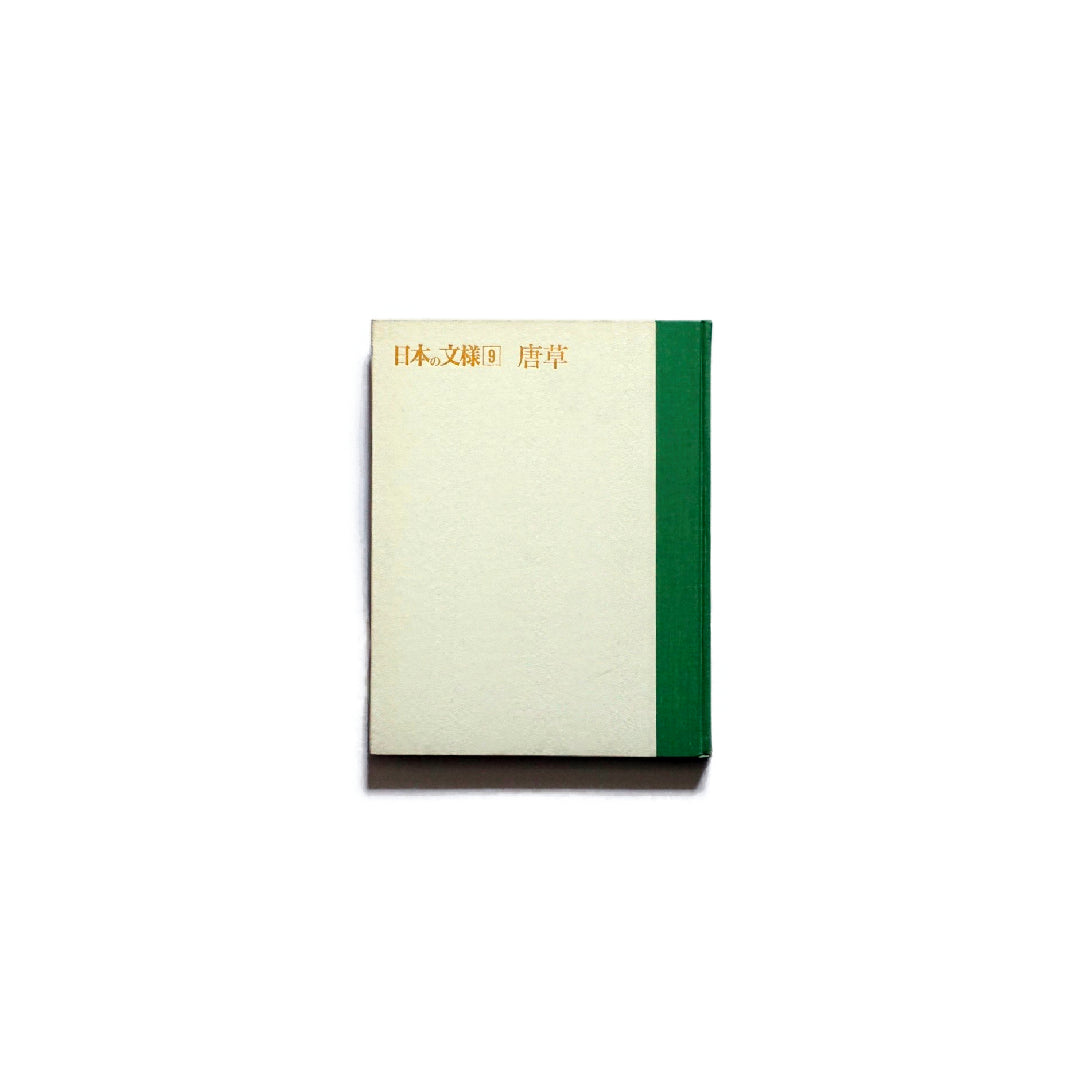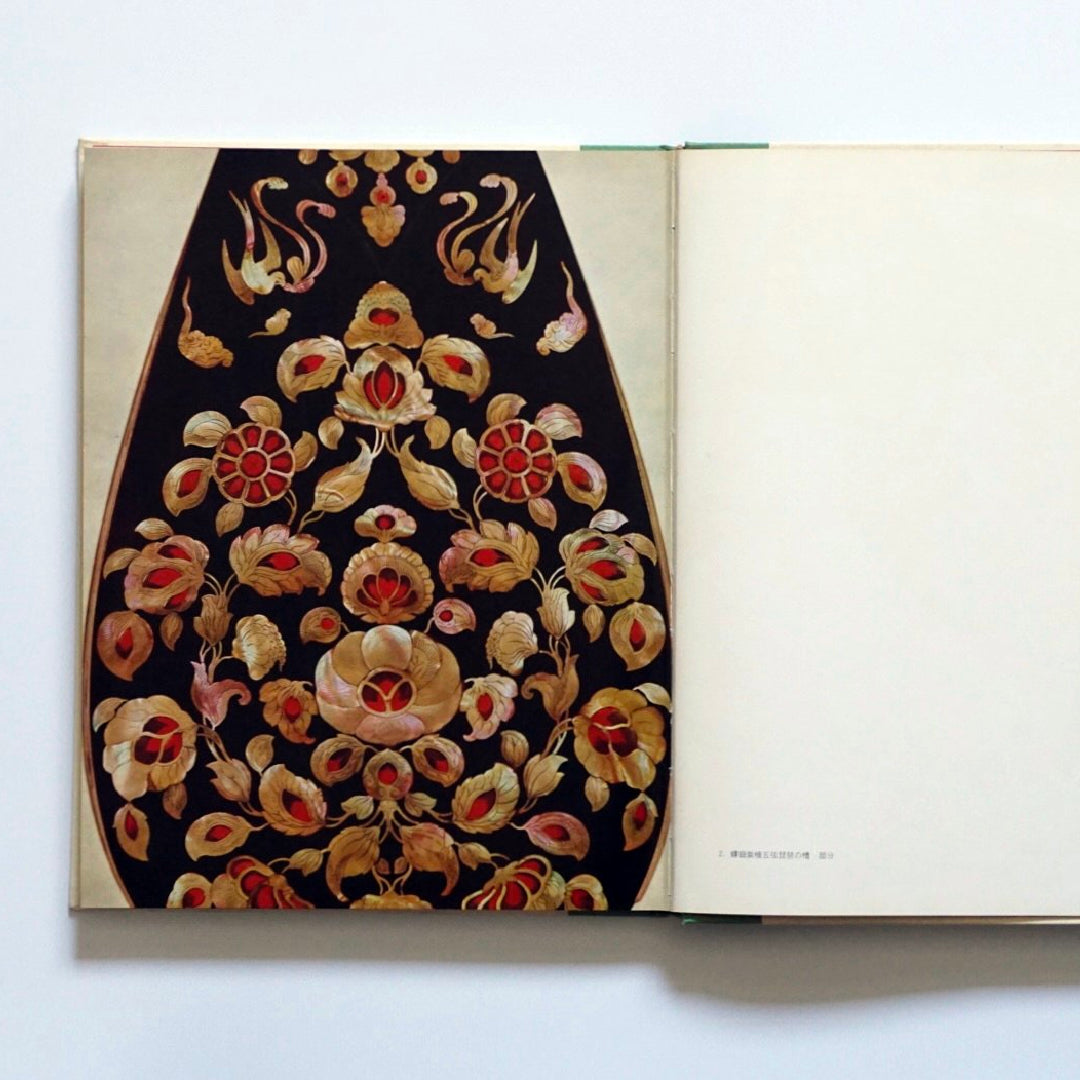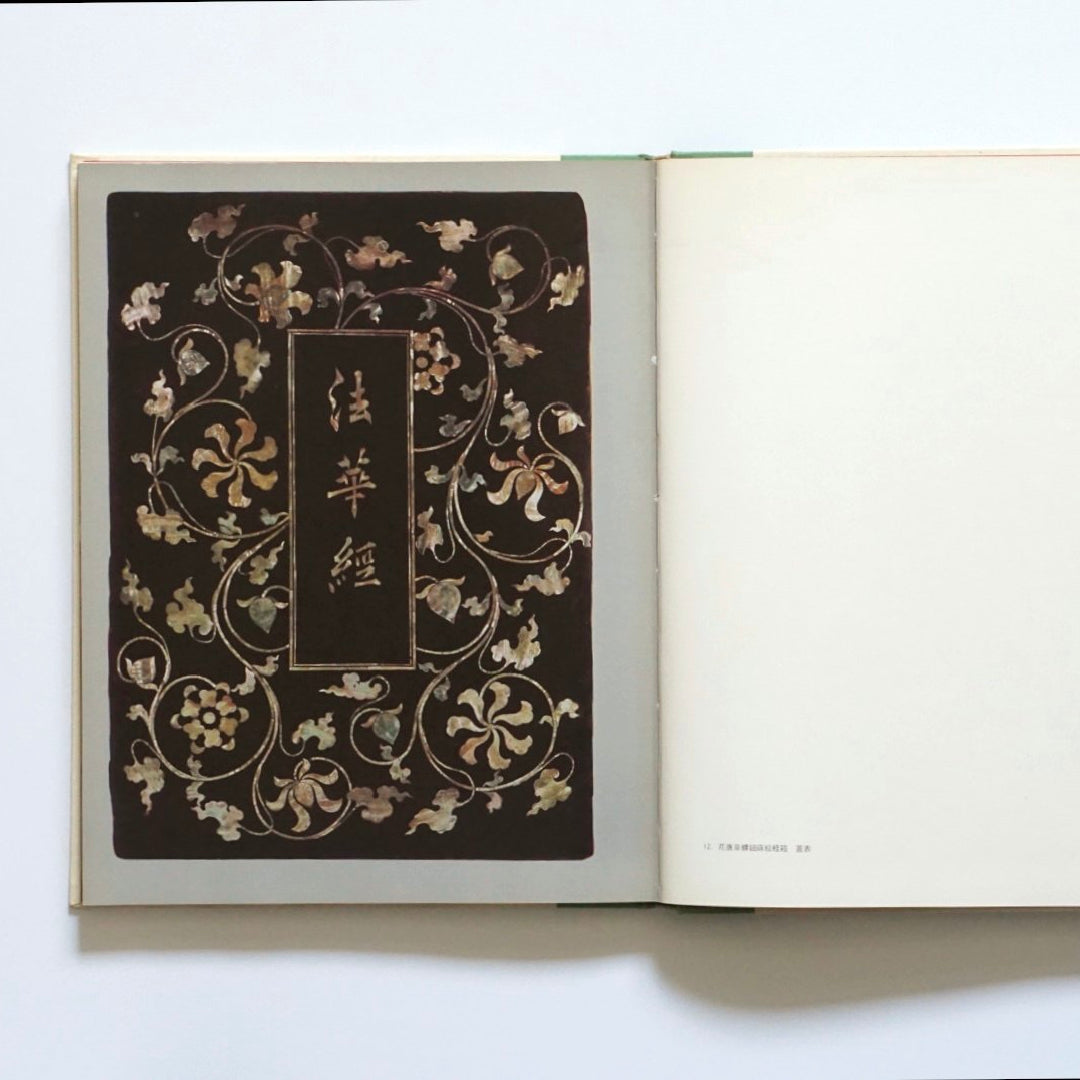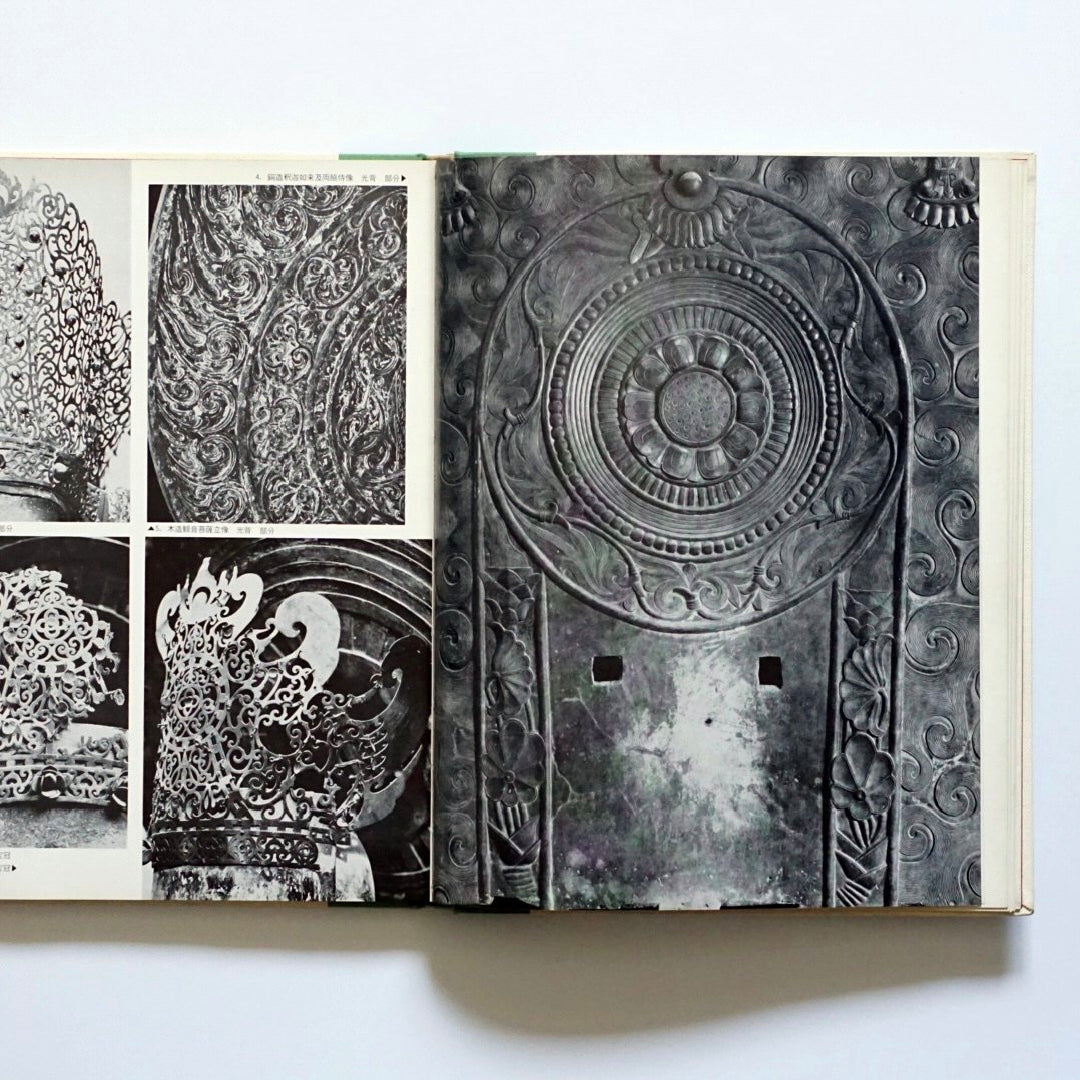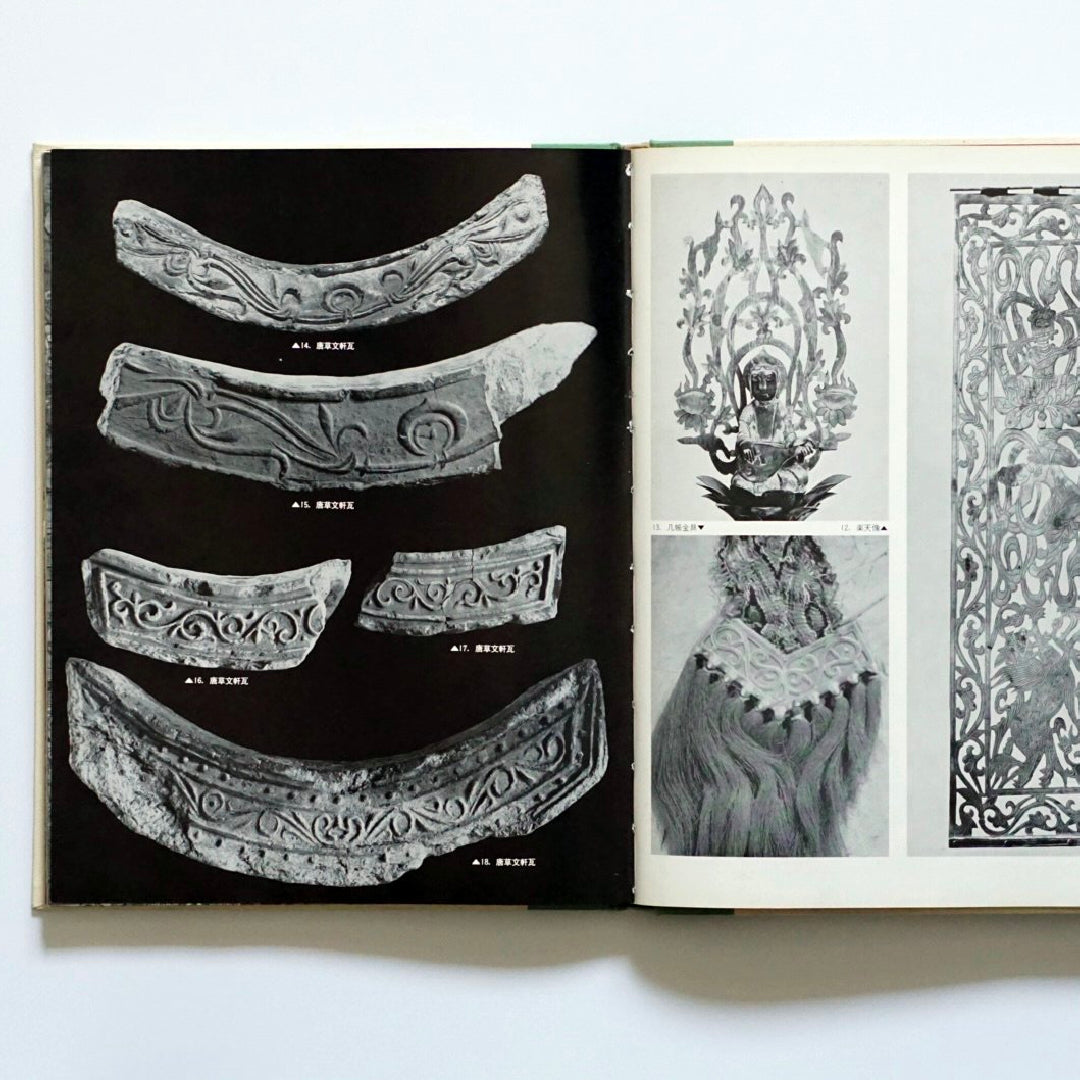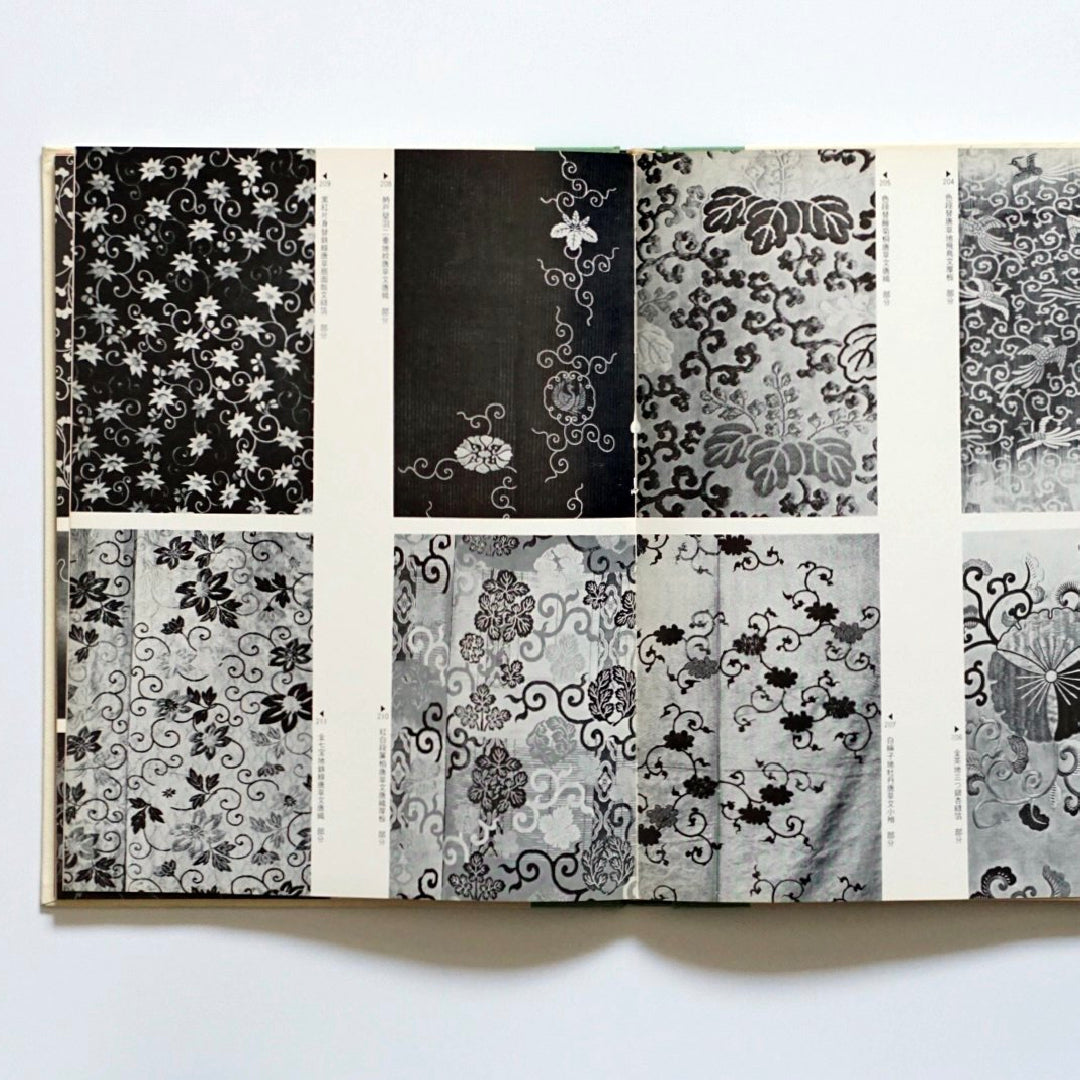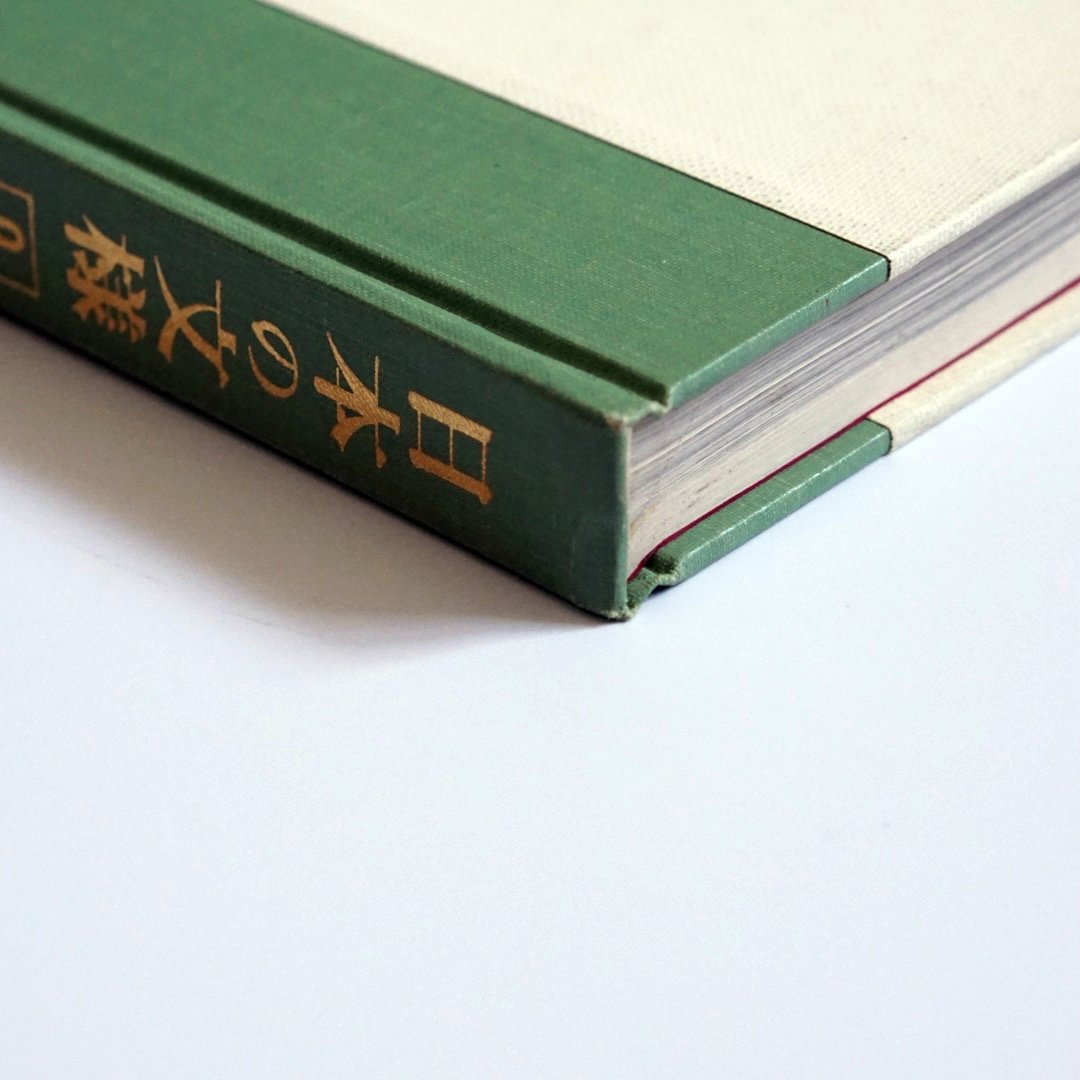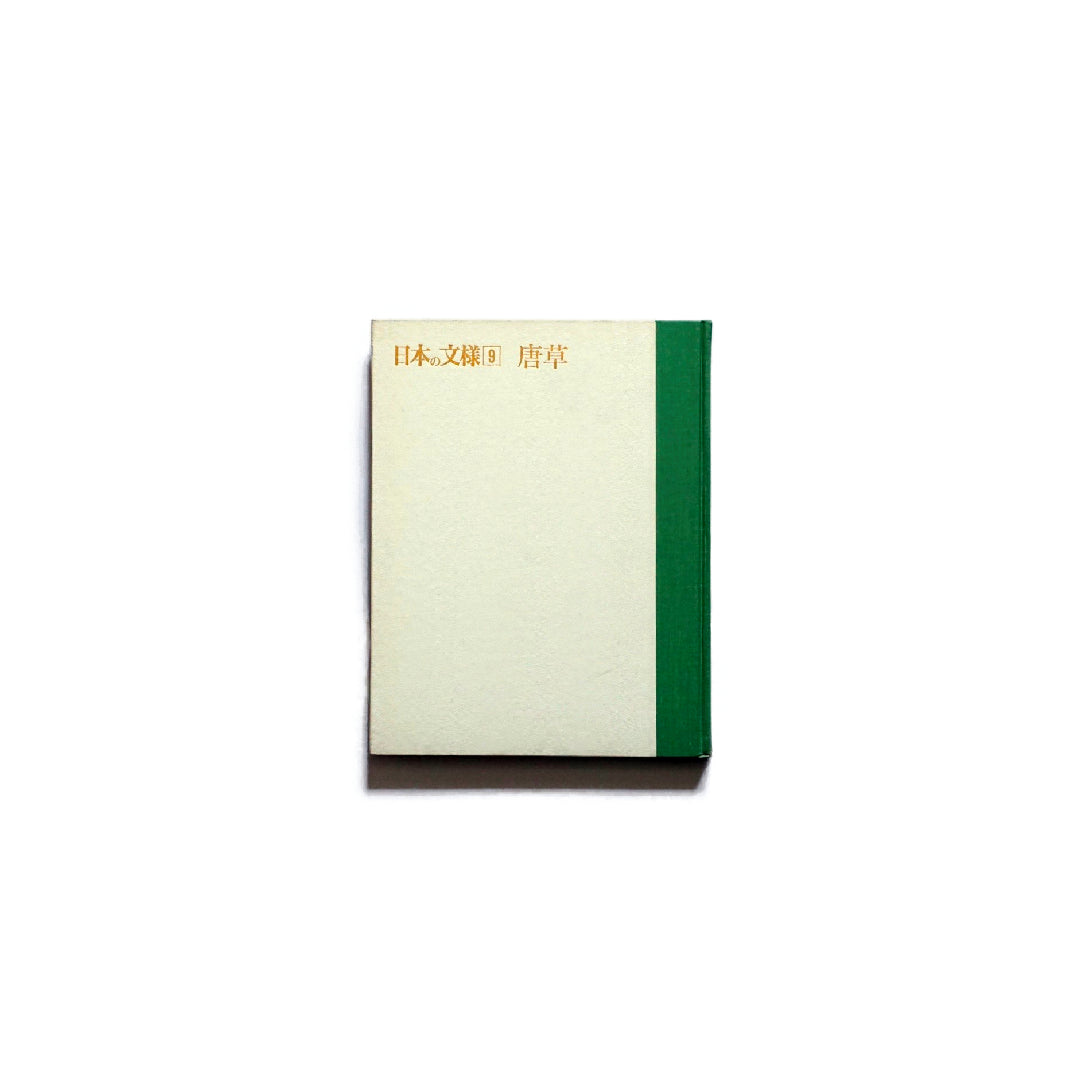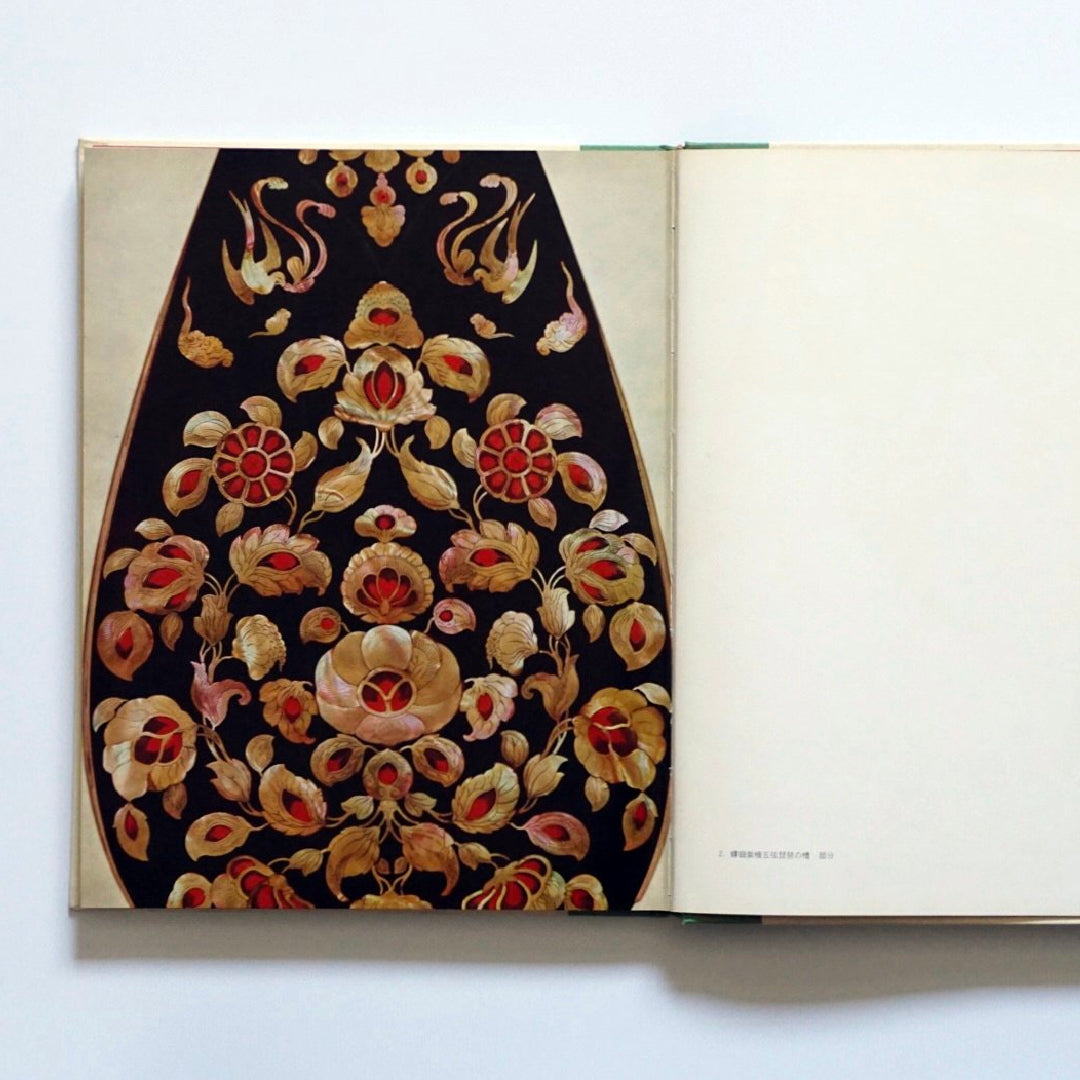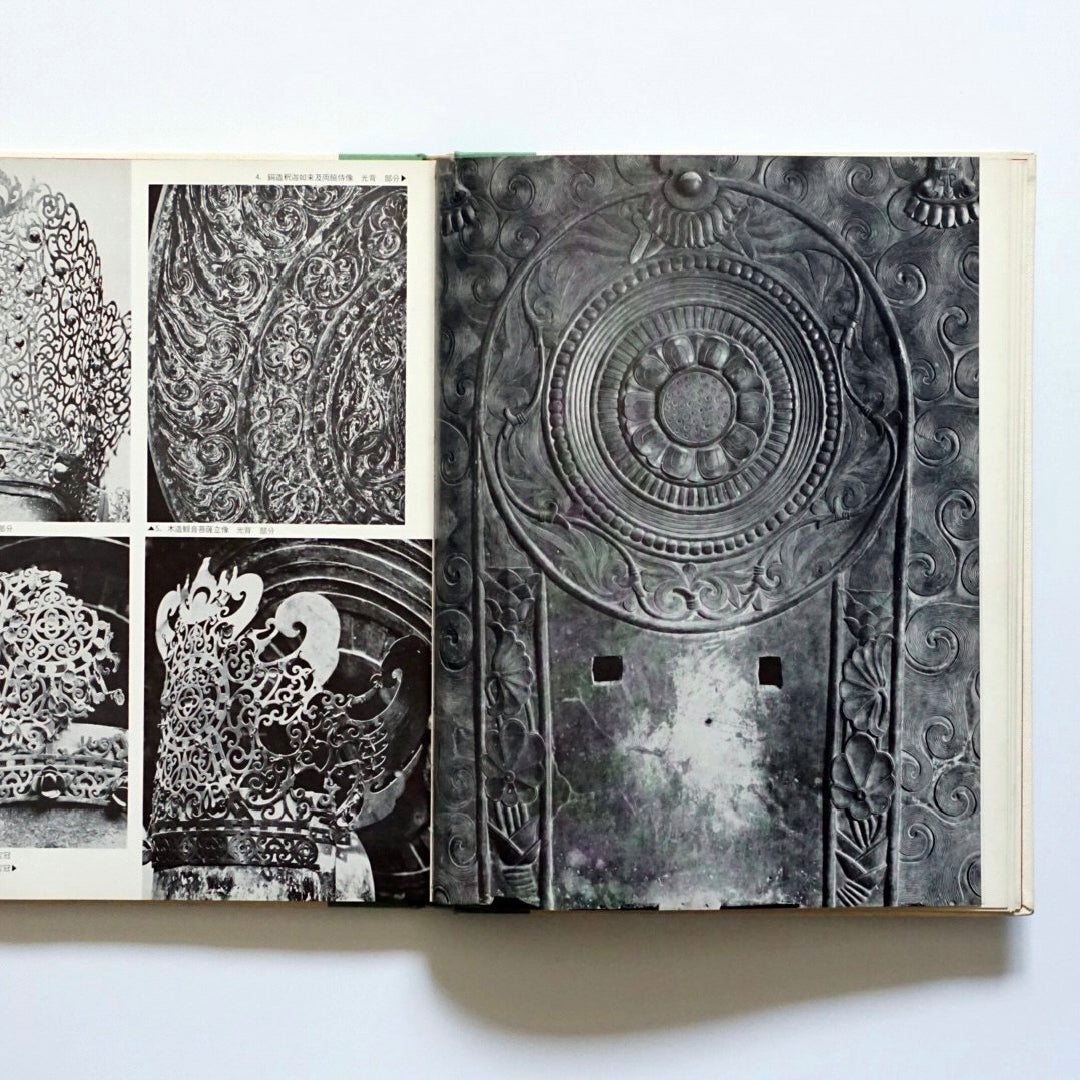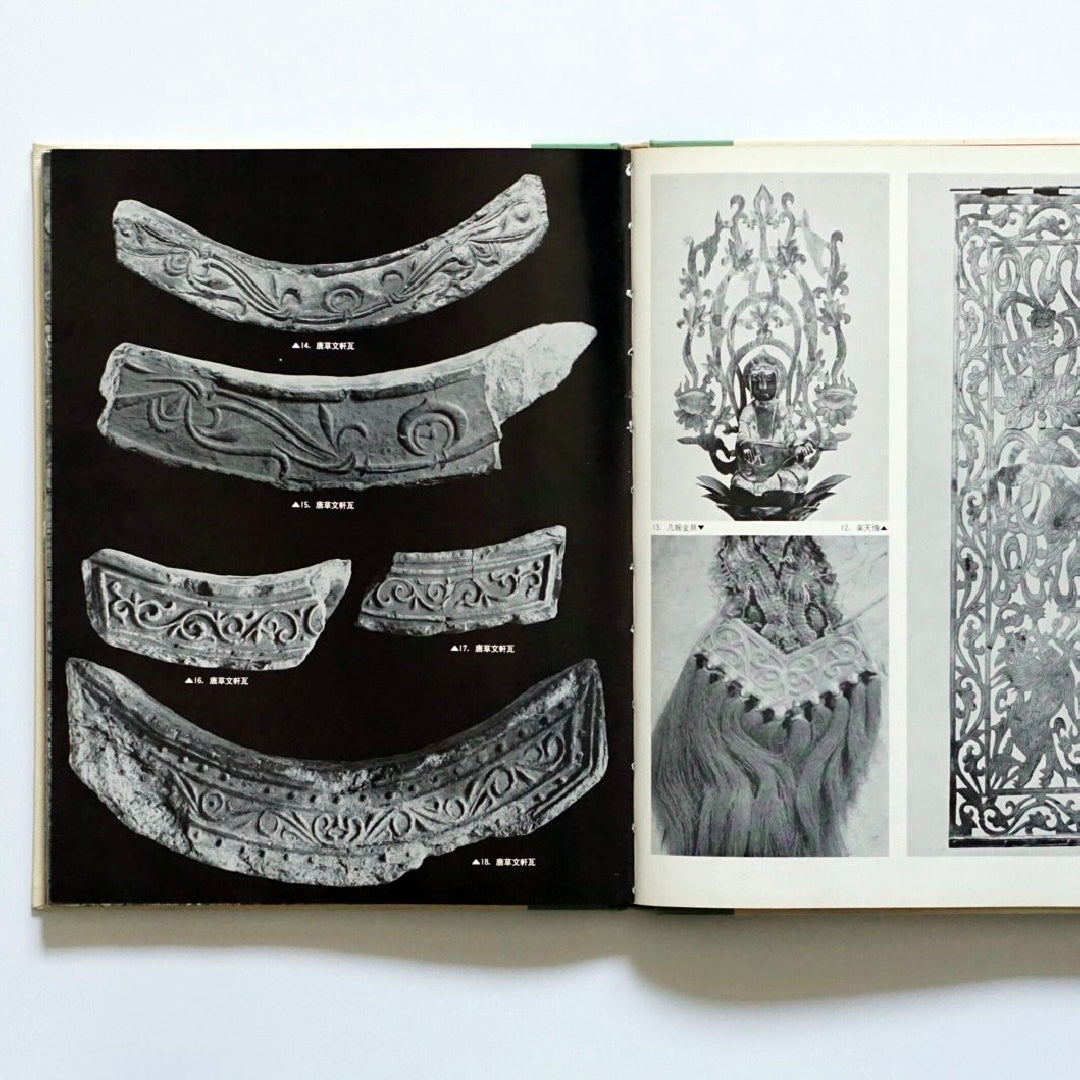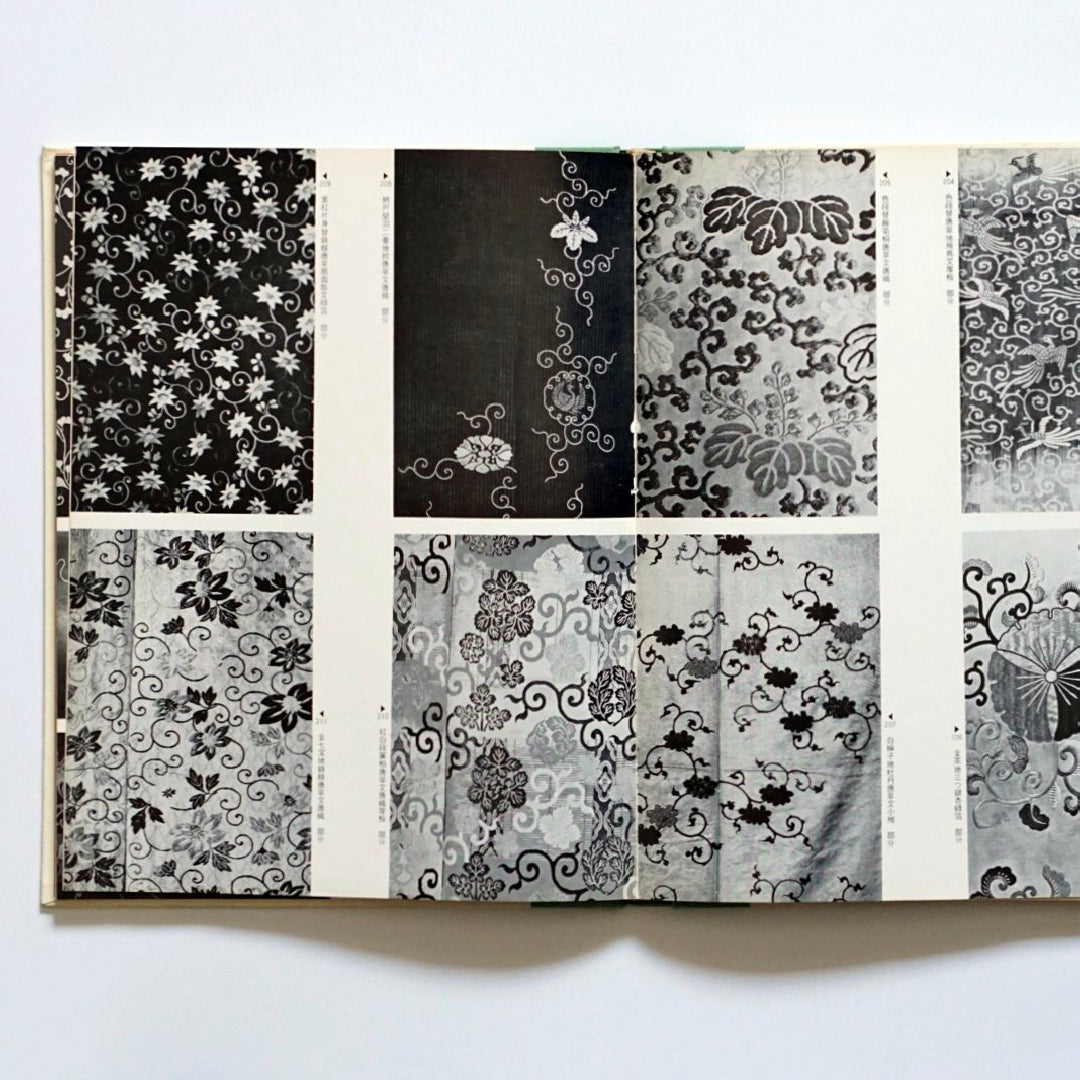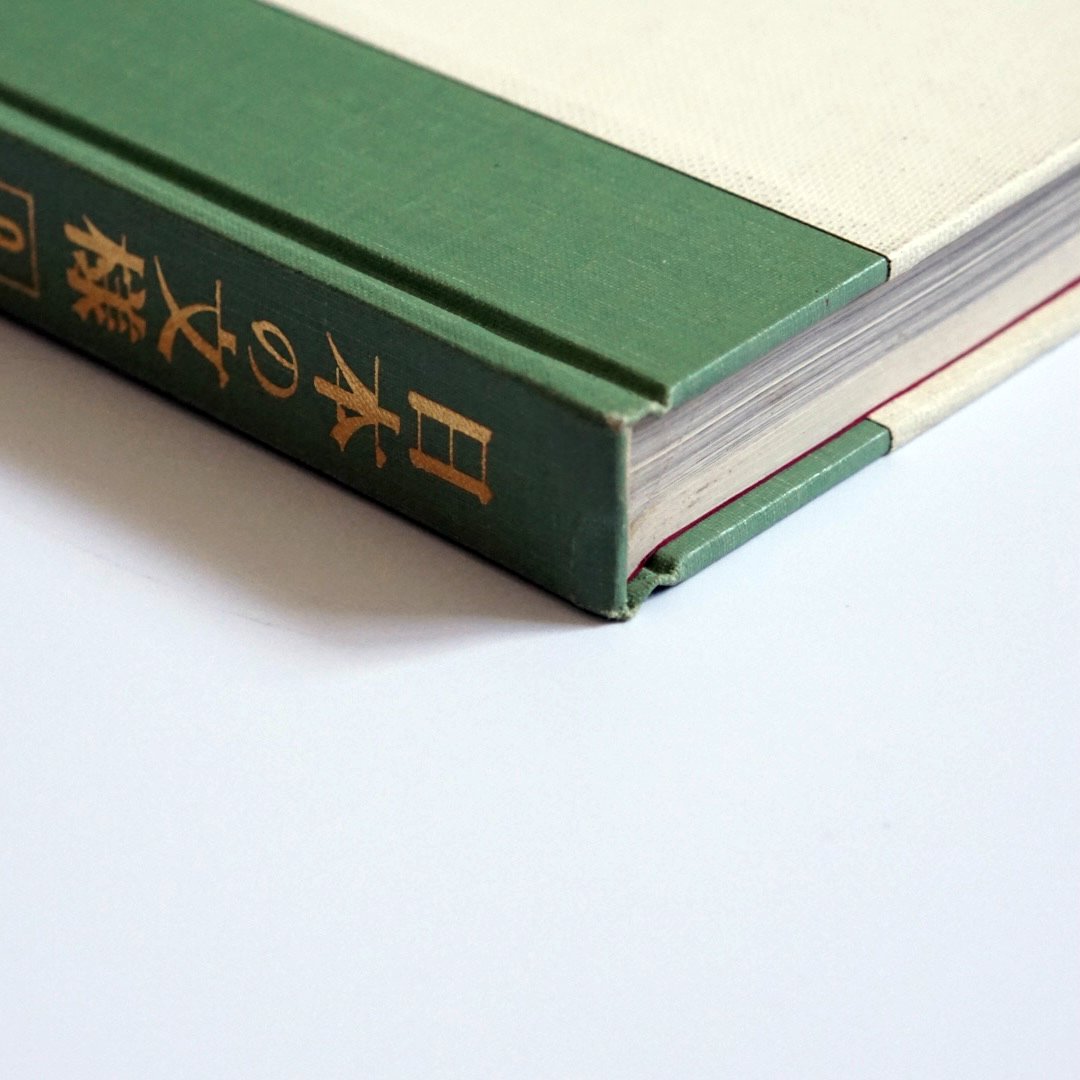kokiriyama
Japanese Patterns 9 Arabesque
Japanese Patterns 9 Arabesque
1 in stock
Couldn't load pickup availability
Part of the Japanese Patterns series, this book primarily explores the origin and evolution of the karakusa (arabesque) pattern. Originating in ancient Egypt and Greece, the pattern was introduced to Japan via the Silk Road and China, becoming integrated into Japanese art by the late Kofun period. The book showcases various forms of karakusa, such as grape, peony, and lotus arabesques, and discusses their applications in Buddhist art, tea ceremony utensils, textiles, and architectural decoration. With its continuous curving lines and vitality, the karakusa pattern symbolizes longevity, prosperity, and the continuation of lineage, commonly seen in everyday items like furoshiki (wrapping cloths) and kimonos, as well as auspicious decorations.
Publisher Korinsha
Published 1974
Size 290x230mm
Share
